Category: Eyes
-
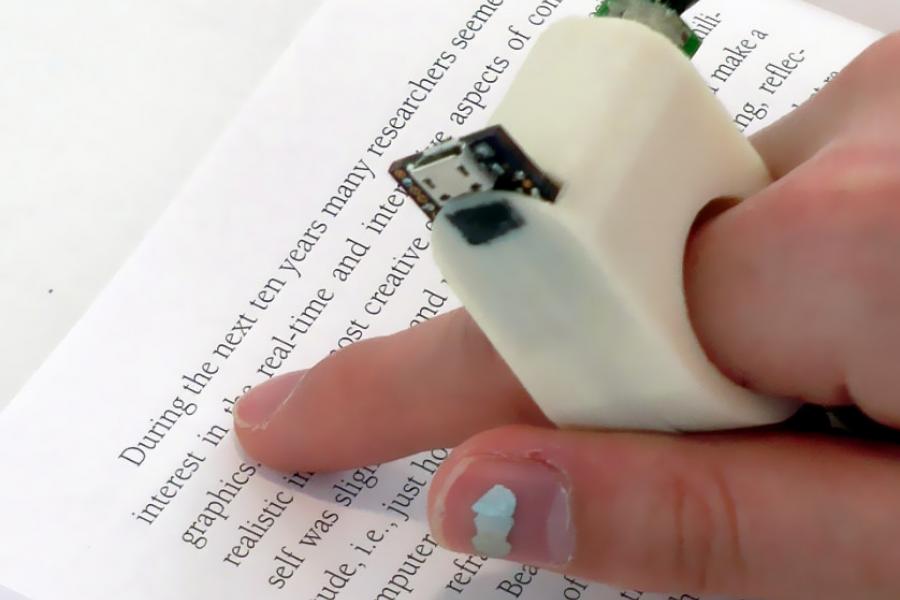
Reading ring provides audio, haptic feedback
FingerReader is a 3D printed reading device, worn on the index finger. It was designed for the vision impaired, but could also be used as a translation tool. Its camera scans text when a finger is moved over it. Software tracks finger movement, identifies words and processes the information. Wearers receive audio feedback of the words…
-

Eye sensor tracks intraocular pressure changes
University of Washington researchers have designed a sensor that could be placed permanently in one’s eye to track pressure changes. It would be embedded with an artificial lens during cataract surgery. The sensor would detect pressure changes instantaneously and then wirelessly transmit the data using radio frequency waves. Eye pressure is thought to vary throughout…
-
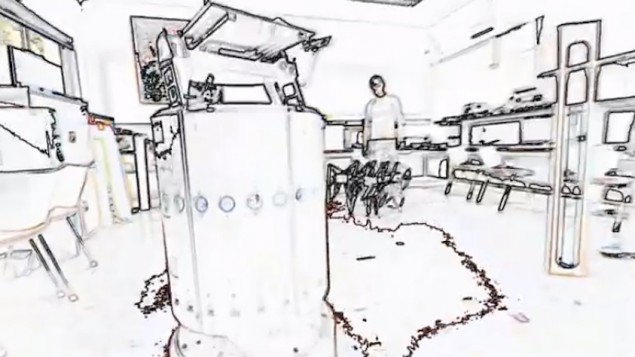
Kinect/Android system guides the visually impaired
Students at the Technion – Israel Institute of Technology have created a system for the visually impaired that detects obstacles and uses audio messages and signals to alert users before a collision.The “seeing app,” developed by Tzahi Simkin, Gal Dalal and Danny Zilber, uses a Kinect 3D camera, a computer and an Android phone for audio interaction. They…
-

Ultrasound improves virtual “touch”
Ultrahaptics uses ultrasound waves to make one feel as if he/she is touching virtual objects and surfaces with bare hands. It’s creator, a University of Bristol graduate student, claims that it improves upon touch-free interfaces such as Kinect and Leap Motion by reflecting air pressure waves off the hand to create different sensations for each fingertip. Applications could include interacting with moving…
-

Adaptive optics detect diabetes eye damage early
Indiana University professors Ann Elsner and Stephen Burns have developed an optic imaging method to detect the earliest stages of diabetic retinopathy. The device uses small mirrors to reflect light into the eye to overcome optical imperfections. It detected damage spread widely across the retina in early disease states, including changes to blood vessels not thought to occur until the disease…
-

Sensors in phones, canes, assist blind with mobility
Sensor based products can assist the visually impaired with mobility, and continue to be released in various forms and at different price points. Samsung’s ultrasonic cover for the Galaxy smartphone sends alerts through a vibration or TTS feedback. The user holds the cover in front of him/herself, and it senses the presence of a person…
-
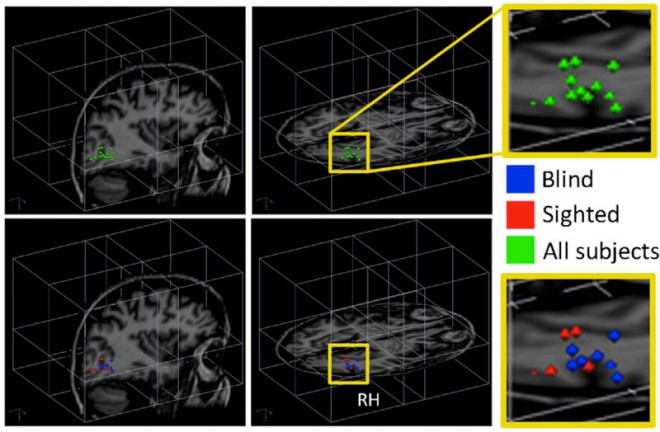
Visual cortex activated by audio stimuli
Current Biology | Wired Hebrew University professor Amir Amedi has used an augmented reality device to allow the blind to “see” by converting images to complex sounds. The user is able to form a mental image of objects, including people, in front of them. The cerebral cortex is activated when sighted people see an outline…
-
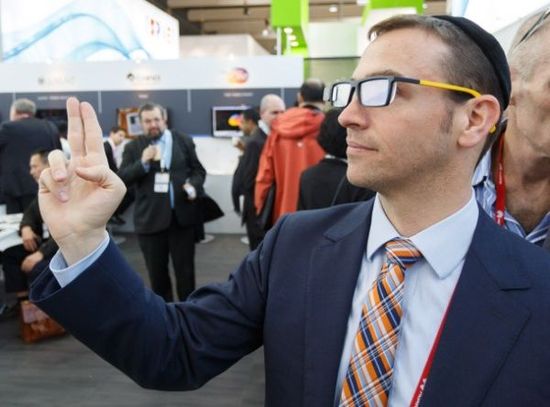
Lumus/EyeSight partnership to rival Google Glass
In an effort to compete with Google Glass, gesture control company EyeSight Mobile has partnered with smart glass company Lumus. The combination allows one to browse Facebook, play games, or control navigation instructions shown in a head-up display by holding out a finger to tap on icons or swipe away notifications. EyeSight plans to add the ability…
-
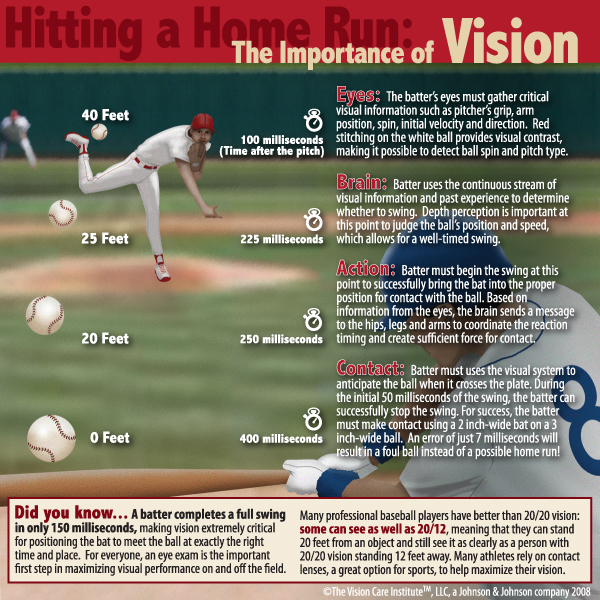
Perceptual learning training improves vision
http://www.cell.com/current-biology/retrieve/pii/S0960982214000050 Professor Aaron Seitz, Professor Daniel Ozer , and Jenni Deveau at UC Riverside combined perceptual learning approaches to determine if improvements gained from an integrated, perceptual learning based training program would transfer to real world tasks. They found that the brain-training technique significantly improved the vision of baseball players. Before the start of the 2013 NCAA Division 1 baseball season, 19…
-

Cancer cells glow when viewed through surgical glasses
https://news.wustl.edu/news/Pages/26496.aspx Washington University Professor Samuel Achilefu has developed surgical glasses that detect tumors by making cancer cells glow and appear blue in color. This is accomplished through custom video technology, a head mounted display, and a targeted molecular agent that attaches to cancer cells. Tumors as small as 1 mm in diameter could be detected.…
-

Smart holograms diagnose and monitor medical conditions
http://www.cam.ac.uk/research/news/holographic-diagnostics-0 Cambridge researchers are developing responsive, color-changing diagnostic holograms. Silver nanoparticles are formed into three dimensional holograms of predetermined shapes in a fraction of a second using a single laser pulse. They will be used for portable medical tests and devices, to monitor diabetes, cardiac function, infections, electrolyte or hormone imbalance easily,inexpensively, and non-invasively. The…
-

Miniature 3D sensor maps surgical field; scope small enough for use in neurosurgery
http://www.visionsense.com/hp.html Visionsense’s miniature 3D sensor optically maps the surgical field, based on (and imitating) the eye of a bee. A single sensor is divided into hundreds of thousands of tiny “eyes” looking in different directions, using an array of micron-sized elements. The elemental information is translated into left and right eye images, resulting in a…